What You Need to Know to Start Your First Vegetable Garden
- Posted on

Planting tomatoes, carrots, or cukes for the first time? Follow these tips for planning, preparing, planting, and maintaining a successful garden.
Vegetable gardening at home is a great way to save money while you get up close and personal with nature. For example, even just one plant can be super affordable (think $3 to $5) and provide up to 10 pounds of tomatoes over the season (which can easily run you $20 or more). Growing tomatoes and other favorite vegetables or herbs from seeds can save you even more money. You’ll also find that the flavor and texture of garden-grown produce is even better than what you’re used to finding at the grocery store. Plus tending your vegetable garden counts as exercise! Dig into these tips and tricks to grow the best vegetable garden.
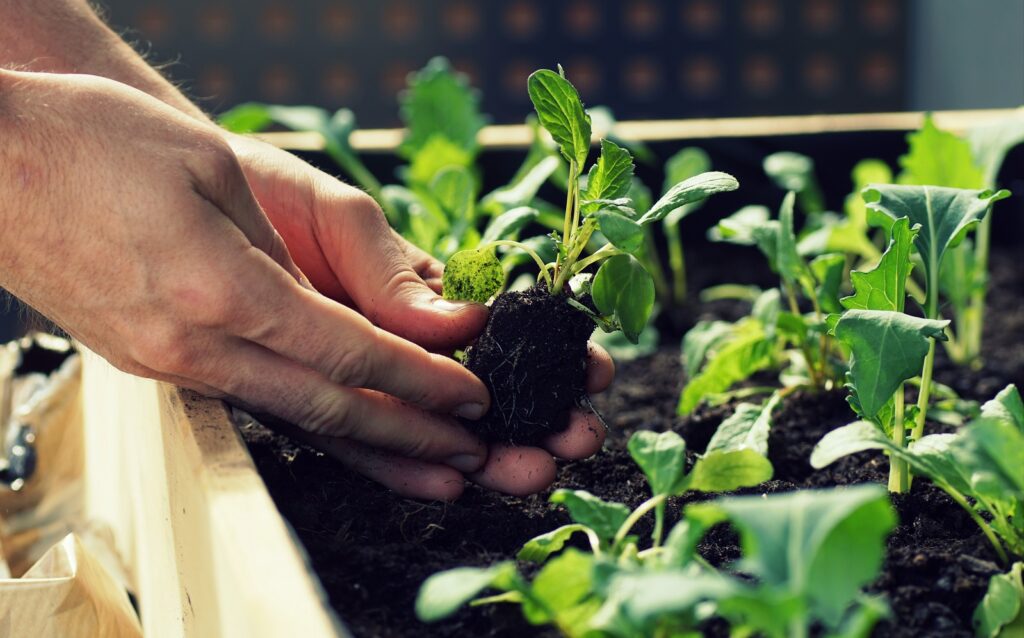
Start With a Small Garden
If you’re a beginner, start small. It’s better to be thrilled by what you produce in a small garden than be frustrated by the time commitment a big one requires. Plus, it makes sense to learn gardening basics before investing tons of time and money in this new hobby. You’ll get a feeling for how much time gardening takes. You’ll find out if you like spending time outside planting, watering, and weeding. You’ll learn how much produce you and your family can eat over the course of a summer.
A good size for a beginner’s vegetable garden is 10×10 feet, about the size of a small bedroom. Keep it simple. Select up to five types of vegetables to grow, and plant a few of each type. You’ll get plenty of fresh produce for your summer meals, and it will be easy to keep up with the chores. If 10×10 feet seems intimidating, you can go smaller (the veggies won’t mind) or consider growing vegetables in containers. With them you don’t even need a yard; a sunny deck or balcony work fine.
Grow What You Love
What do you like to eat? Your answer will tell you what you should plant in your vegetable garden. Before you pick up your shovel, though, consider the following:
Productivity
Think about how much you and your family will eat and how likely you are to freeze, can, or give away excess produce. Then be realistic about how many seeds or plants you need to put into the ground. (Many beginners make the mistake of planting too much.) Vegetables like tomatoes, peppers, and squash keep providing throughout the season, so you may not need many plants to serve your needs. Other vegetables, such as carrots, radishes, and corn, can be harvested only once and then would need to be replanted.
Successive Crops
Planting both cool- and warm-weather vegetables will give you a harvest of vegetables and herbs continuously through the spring, summer, and fall. In early spring, grow lettuce, greens (such as arugula), peas, radishes, carrots, and broccoli. After you’ve harvested your cool-weather crops, plant hot-weather favorites, such as tomatoes, peppers, eggplant, and herbs. In fall, you can harvest potatoes, cabbage, and kale.
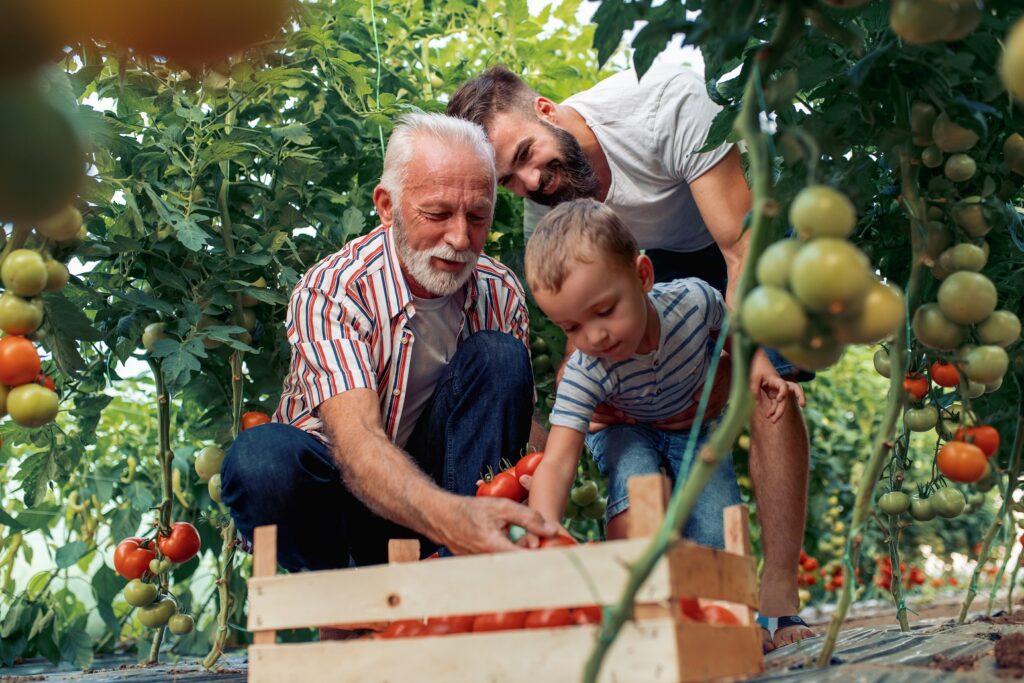
How to Choose a Spot for Your Garden
Choose your growing site thoughtfully. If you plant your garden at the back of the yard, make sure you’re willing to trek out every day or so to check for droopy plants that need water, destructive pests, and produce that’s ready to pick. If you can locate your vegetable garden closer to the house, this will make it easier to harvest fresh produce or pick a handful of herbs while cooking in the kitchen or outside on the grill.
Don’t forget to consider the movement of the sun during the course of the day. Orient your garden from north to south to get maximum sun exposure; when plants are positioned from east to west they tend to shade each other too much. No matter where you put your garden or what you decide to plant, there are three basic requirements for success: Sun, water, and soil.
Plan the Right Amount of Sun
Like all plants, vegetables need the sun to kick-start photosynthesis. This process transforms light energy into glucose, which plants use to make substances such as cellulose (for building cell walls) and starch (a food source). The fastest-growing vegetables need full sun (at least 6 to 8 hours of direct sunlight a day) without blockage from trees, shrubs, or fences. That’s why you won’t have much success if you plant sun-loving vegetables in shady spaces.
If your yard provides partial shade, plant vegetables and herbs that tolerate those conditions (lettuce, kale, chard, spinach, chives, cilantro, parsley, and thyme). Root vegetables like carrots, radishes, and beets might also work if your site gets at least 4 hours of direct sunlight a day. Or if you have a sunny patio, switch to container gardening. That way you can place sun-loving vegetables and herbs (tomatoes, eggplants, cucumbers, peppers, peas, beans, corn, and squash; basil, dill, and rosemary) where they’ll do well.
Provide Plenty of Water
Watering wisely is key to garden success, especially in warm, dry regions. During the first few weeks after seeds germinate or seedlings are transplanted, frequent watering keeps plants strong. Once your plants are established, it’s a better idea to give your garden a long drink every few days rather than a little sprinkle every day. Then the water will move deeper into the soil, which encourages roots to grow deeper, where they’re better protected and better able to access nutrients they need to stay healthy.
Factor in your weather conditions and the composition of your soil to determine when you should water. Clay soil dries out more slowly than sandy soil. Sunny, windy conditions dry out soil more quickly than cool, cloudy weather. Still not sure? Feel the soil 3 to 4 inches down from the garden or container surface. If it feels dry, it’s time to water. It’s important to do this even on rainy days, because sometimes rain water will run off rather than soak in to the soil, which does nothing for your garden.
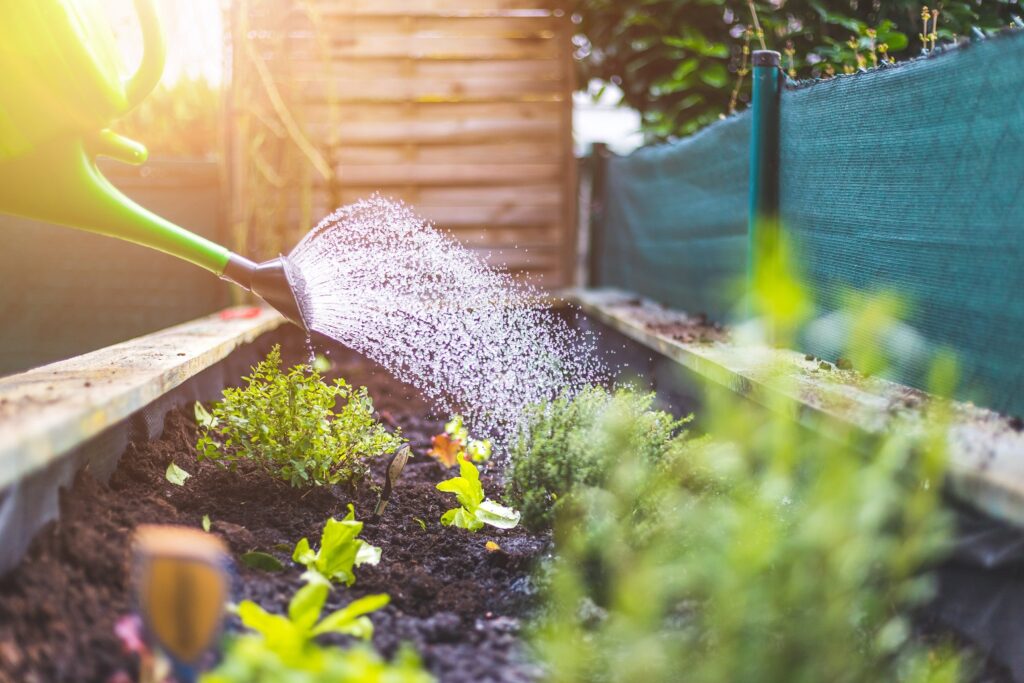
Start Plants in Rich Soil
For the best harvest, your vegetable garden needs the best soil you can give it. Rich, healthy soil is something you know when you feel it: It’s easy to dig and drains well.
If it’s not clear which type of soil you have, send a sample to a state-certified soil-testing lab for help. But you can also investigate soil type yourself by examining its texture. Pick up a trowel’s worth and put it in your hands. Does it feel gritty? Too much sand. Is it powdery? Too much silt. Is it sticky when wet? Too much clay. The combination of these three types, and in which specific proportions, determines the texture of your garden soil. That texture affects drainage and the availability of nutrients. You want soil that is dark, crumbly, and literally full of life. Fortunately, no matter what the texture may be, all soil can be improved over time by incorporating organic matter into it
Choosing Vegetable Varieties
When selecting which vegetables you want to plant, pay close attention to the description on the seed packet, tag, or label. Each variety of vegetable comes with specific benefits. Some produce smaller plants ideal for containers or small gardens. Other varieties offer better disease resistance, improved yields, or better heat- or cold-tolerance. Start by choosing veggies you like to eat, then look into their sizes and care needs. Ask greenhouse or garden-center staff if you’re still unsure.
You may want to try two or three varieties of the same vegetable. If one variety doesn’t perform well, you’ll have other varieties of the same vegetable to make up for it. Then be sure to plant the best-performing vegetables the following year, and choose other varieties to try.
Seeds vs. Transplants
Decide whether you want to start vegetables from seed or purchase young plants from a garden center. If you’ve decided on seeds (e.g., peas, beans, squash, lettuce, mesclun mix, beets, or radishes), note that most annual vegetables should be started indoors about six weeks before the last frost in your region. Some plants (such as carrots, beans, and peas) can be sown directly into the garden. Check the seed packages for specific directions.
You might prefer to buy seedlings from a nursery or garden center and transplant them into the garden. This method works best for slow-growing plants such as broccoli, celery, and kale. Note that transplants will mature sooner and give you an earlier harvest than starting plants from seed. Because they’re stronger when put in the garden, transplants also do a better job of resisting pests during the growing season.
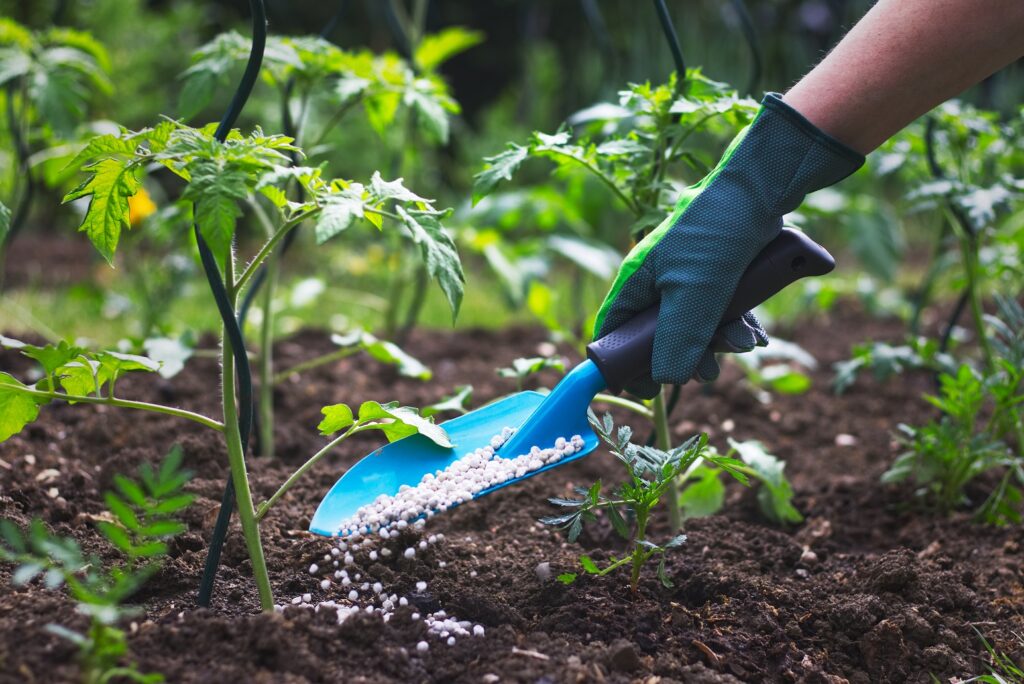
Caring for Your Vegetable Garden
After putting all that effort into planning, preparation, and planting, it would be a shame to let the garden wither away over the course of the summer. Follow these steps to keep your garden going strong.
Stop Weeds in Their Tracks
Weeds compete with your vegetables for light, water, and nutrients, so it’s important to keep them to a minimum. Use a hoe or hand fork to lightly stir, or cultivate, the top inch of soil regularly to discourage weed seedlings. A mulch of clean straw, compost, or plastic can keep weeds at bay around larger plants like tomatoes.
Feed Your Future Food
Fertilizing your vegetables helps to maximize yields. Organic gardeners often find that adding high-quality compost at planting time is all their vegetables need. Other gardeners might consider applying a packaged warm-season vegetable fertilizer according to the directions on the box or bag.
Feed Your Future Food
Fertilizing your vegetables helps to maximize yields. Organic gardeners often find that adding high-quality compost at planting time is all their vegetables need. Other gardeners might consider applying a packaged warm-season vegetable fertilizer according to the directions on the box or bag.
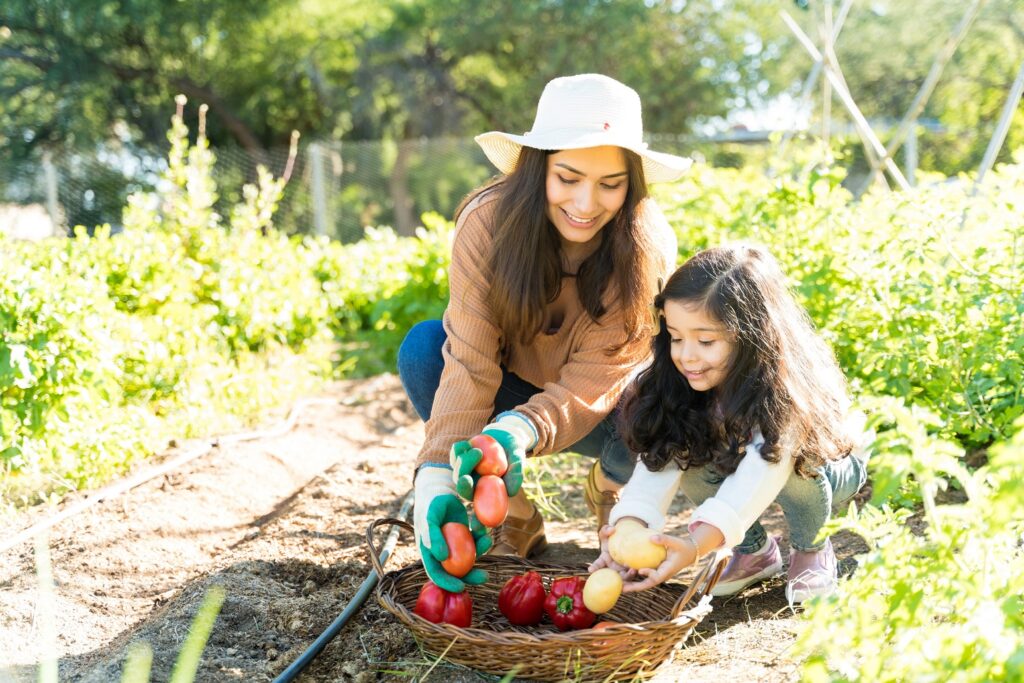
Harvesting Vegetables
Harvesting your vegetables is what gardening is all about. Many vegetables can be harvested at multiple times during the growing season. Leaf lettuce, for example, will continue to grow and produce after you snip some of the tender, young leaves. Summer squash (zucchini) and cucumber can be harvested when the fruit is a few inches long or larger.
The general rule: If it looks good enough to eat, it probably is! With many vegetables, the more you pick, the more the plant will produce.
Credit: BHG
